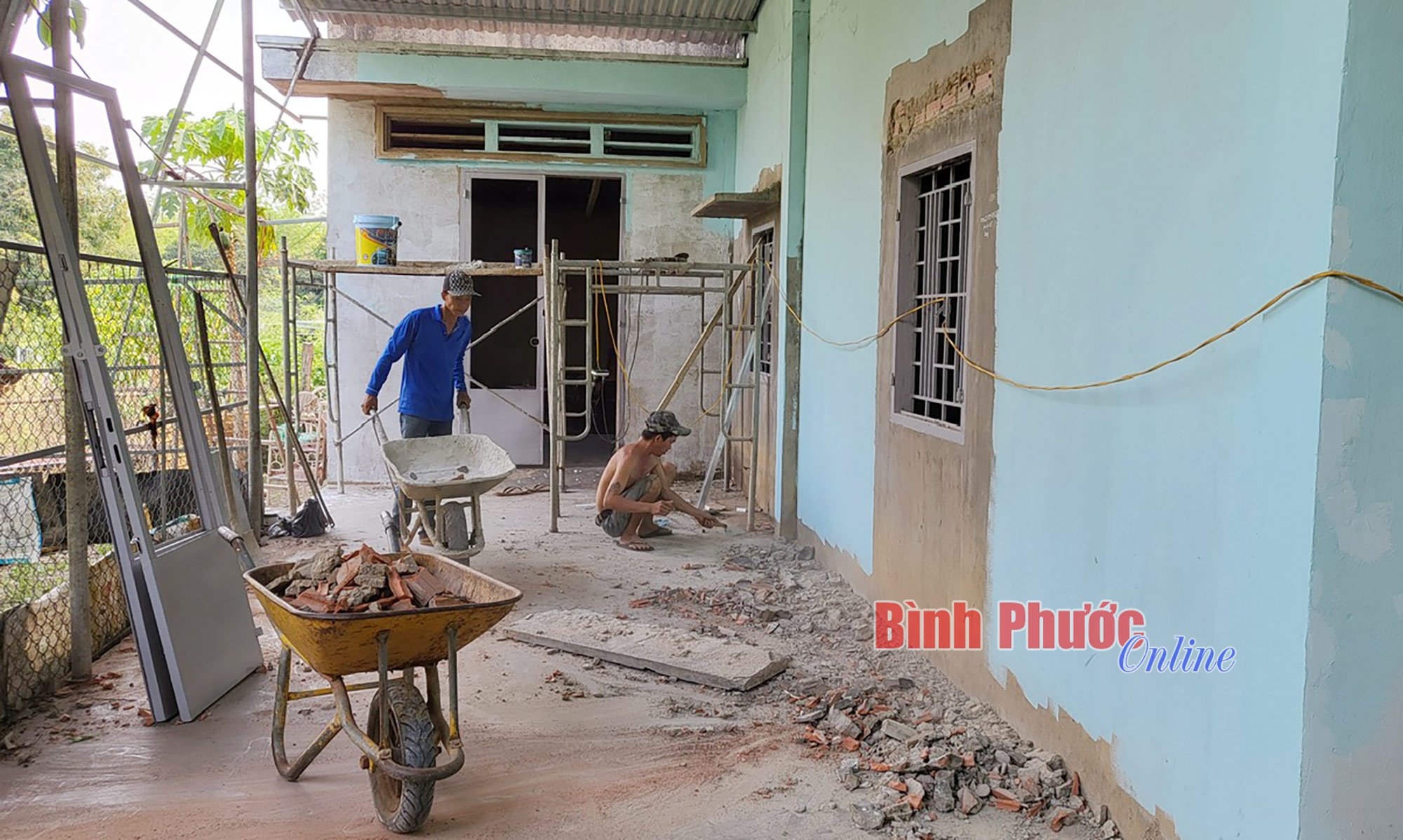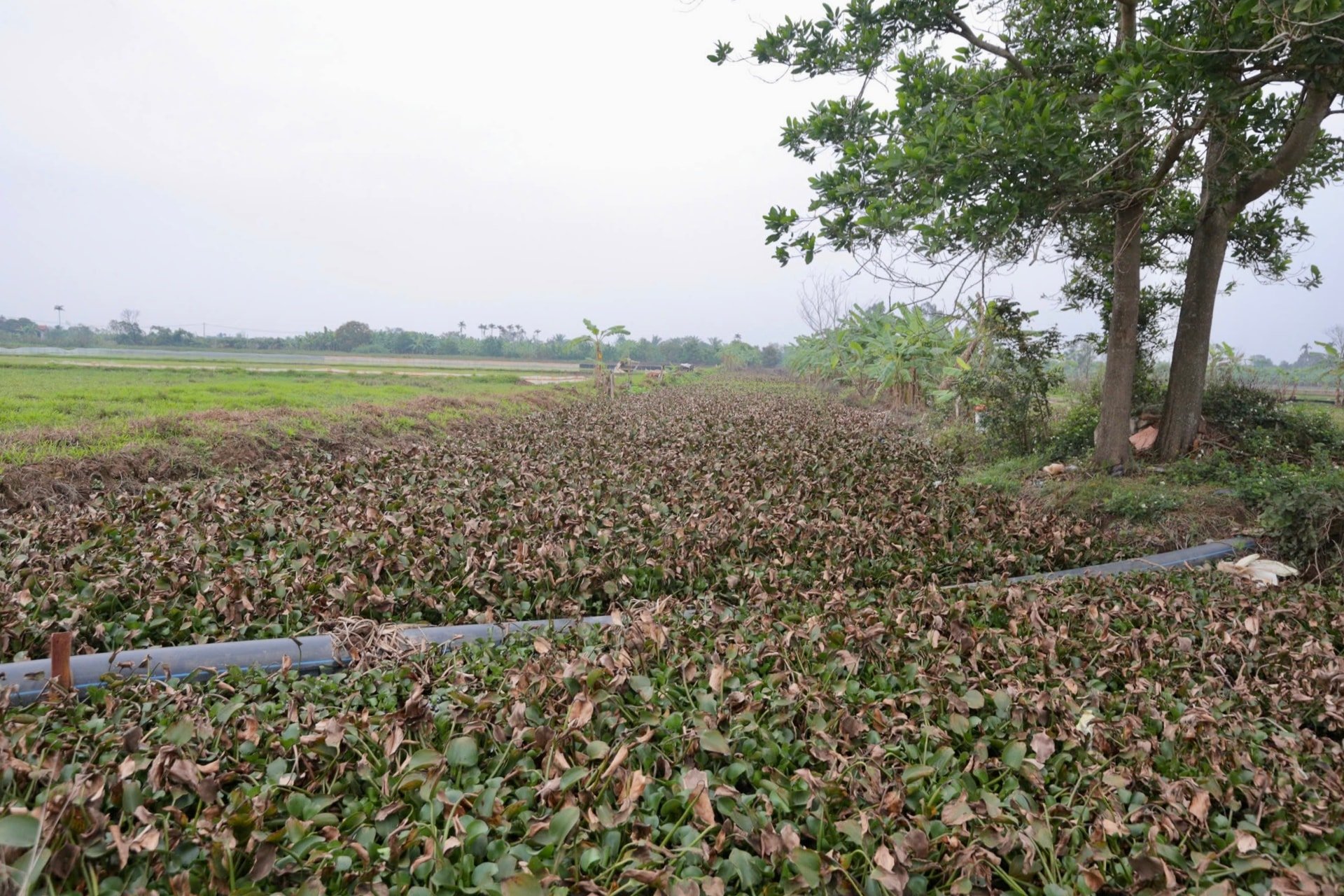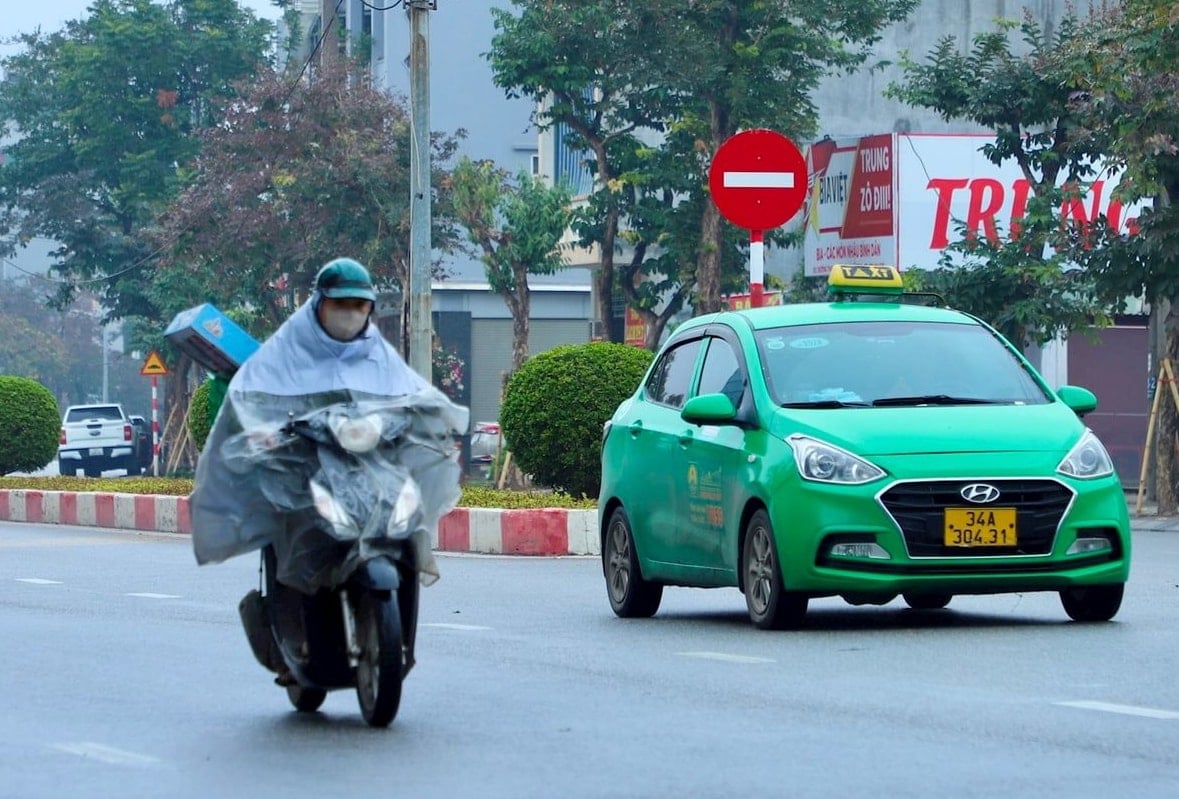
Minister of Health Dao Hong Lan said that according to national population data, the country currently has 16.1 million elderly people, accounting for 16% of the population. "Vietnam is one of the fastest aging countries in Asia, and the transition time from the aging population stage to the elderly population is shorter than in other countries," Minister Lan explained, adding that it is forecasted that by 2038, which is just over 10 years away, our country will enter the aging population period.
The Mekong Delta and the Red River Delta are the two regions with the highest aging index in the country (76.8% and 70.6%, respectively). The Central Highlands has the lowest aging index compared to the remaining regions (37%). Ho Chi Minh City is the locality with the highest aging index in the country, with more than 1.3 million people over 60 years old, accounting for 12.5% of the population. It is forecasted that by 2030, the proportion of the population aged 60 and over in Ho Chi Minh City will be 20% (about 1.8 million people).
Population aging is one of the challenges of population work, affecting economic growth, social security, labor, infrastructure design, especially in the field of health care. Population aging also reduces the working-age population structure, changes the occupational structure, and increases the economic burden on young workers...
The average life expectancy of Vietnamese people is high but their health is poor, with an average of 14 years of life spent in illness. In Southeast Asia, the life expectancy of Vietnamese men is ranked 5th, and that of women is 2nd, but the number of years spent in illness is high. The elderly often suffer from many non-communicable diseases that require lifelong treatment such as blood pressure, cardiovascular disease, diabetes, and dementia. Health care costs for this group of people are also increasing, putting financial pressure on the health insurance system and the state budget.
To cope with population aging, the health sector is making efforts to address the low birth rate, consolidate and improve the system of providing primary health care services and medical examination and treatment for the elderly. Specifically, every year, the state budget allocates about 28,000 billion VND to pay monthly social allowances and buy health insurance cards for supported groups, including the elderly. To date, 95% of the elderly have been issued health insurance cards; 1.87 million elderly people receive monthly social allowances.
The Ministry of Health continues to inspect and monitor the implementation of policies for the elderly to assess the situation, as a basis for research, and propose amendments and supplements to the mechanism. The Minister said that the responsibility for proposing to increase the level of economic support for the elderly branches belongs to the Central Committee of the Vietnam Association of the Elderly. The Ministry of Health will coordinate to develop appropriate policies for the elderly when there are requests from relevant units.
TB (summary)Source: https://baohaiduong.vn/hon-10-nam-nua-viet-nam-se-buoc-vao-thoi-ky-dan-so-gia-408381.html



![[Photo] Overcoming all difficulties, speeding up construction progress of Hoa Binh Hydropower Plant Expansion Project](https://vstatic.vietnam.vn/vietnam/resource/IMAGE/2025/4/12/bff04b551e98484c84d74c8faa3526e0)



![[Photo] Closing of the 11th Conference of the 13th Central Committee of the Communist Party of Vietnam](https://vstatic.vietnam.vn/vietnam/resource/IMAGE/2025/4/12/114b57fe6e9b4814a5ddfacf6dfe5b7f)











































































Comment (0)